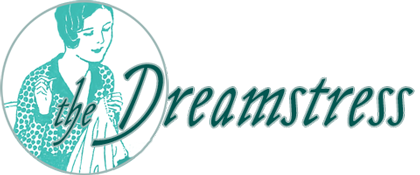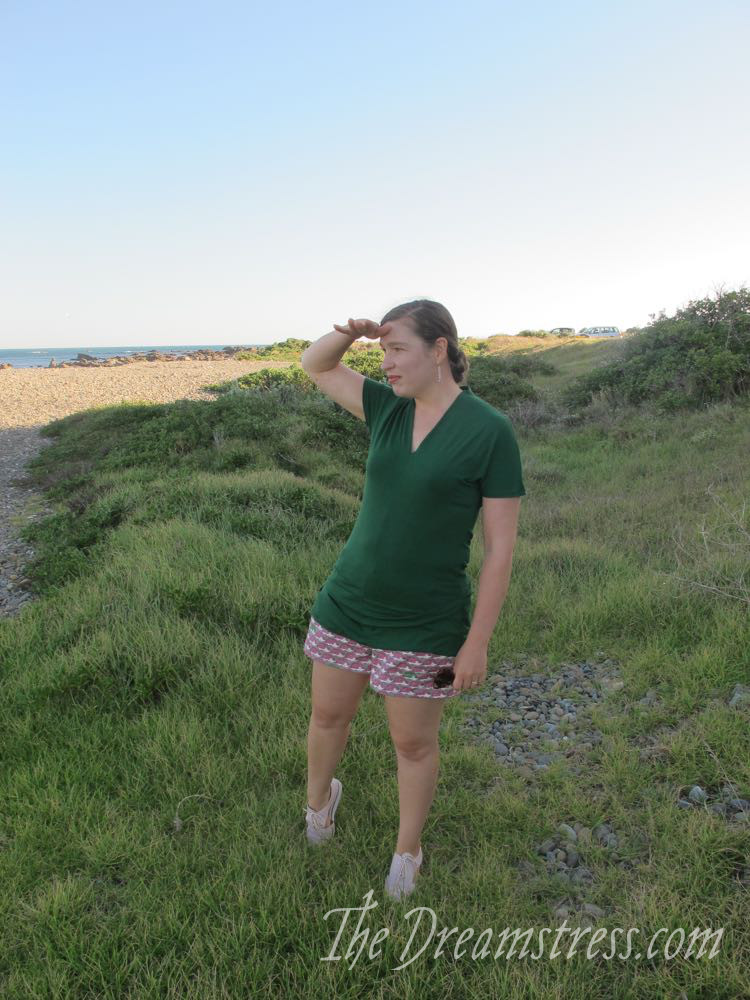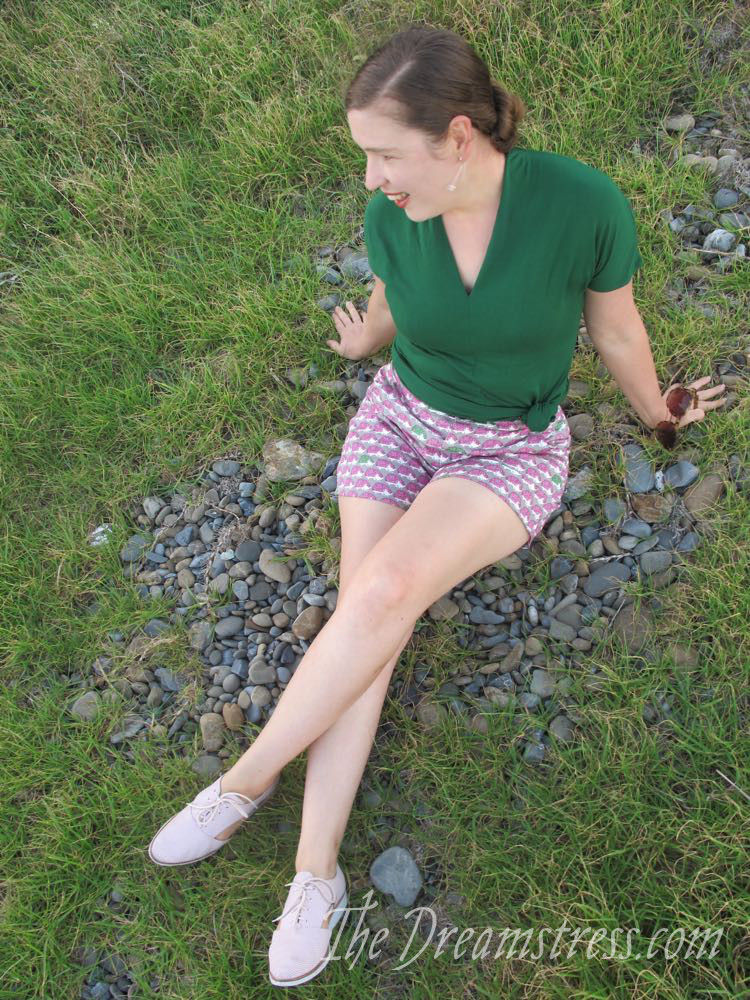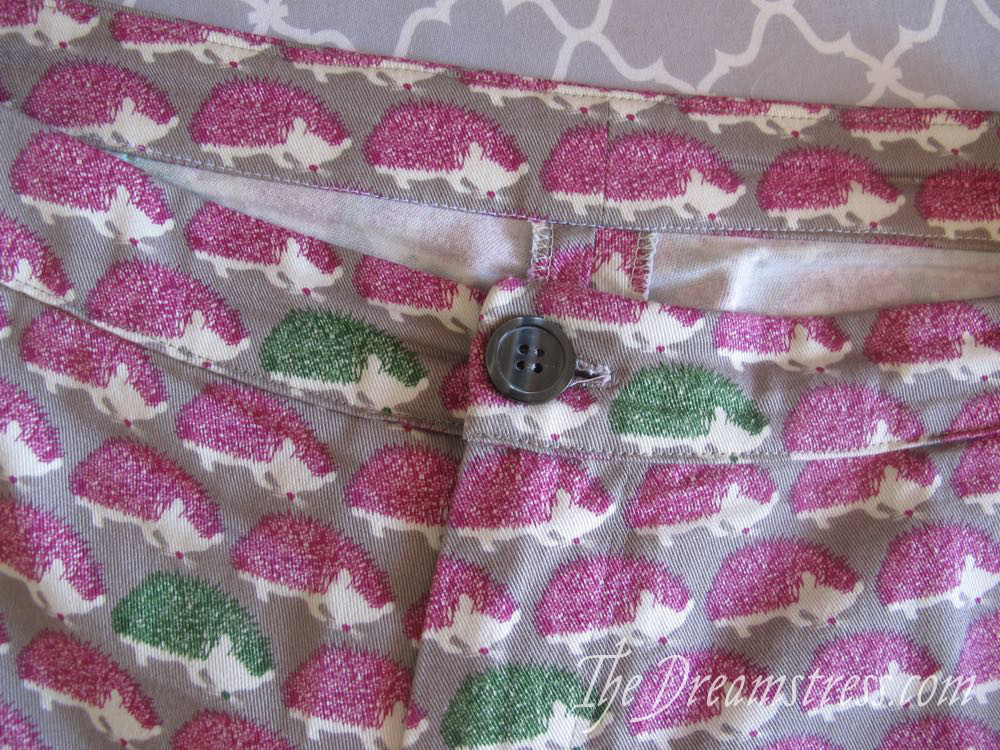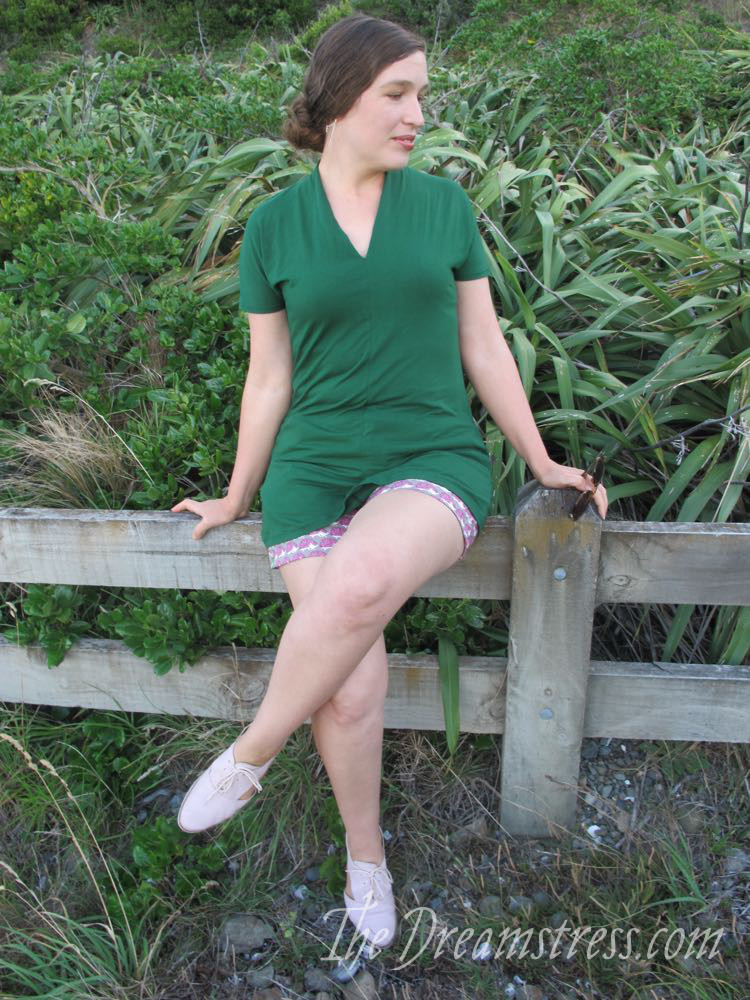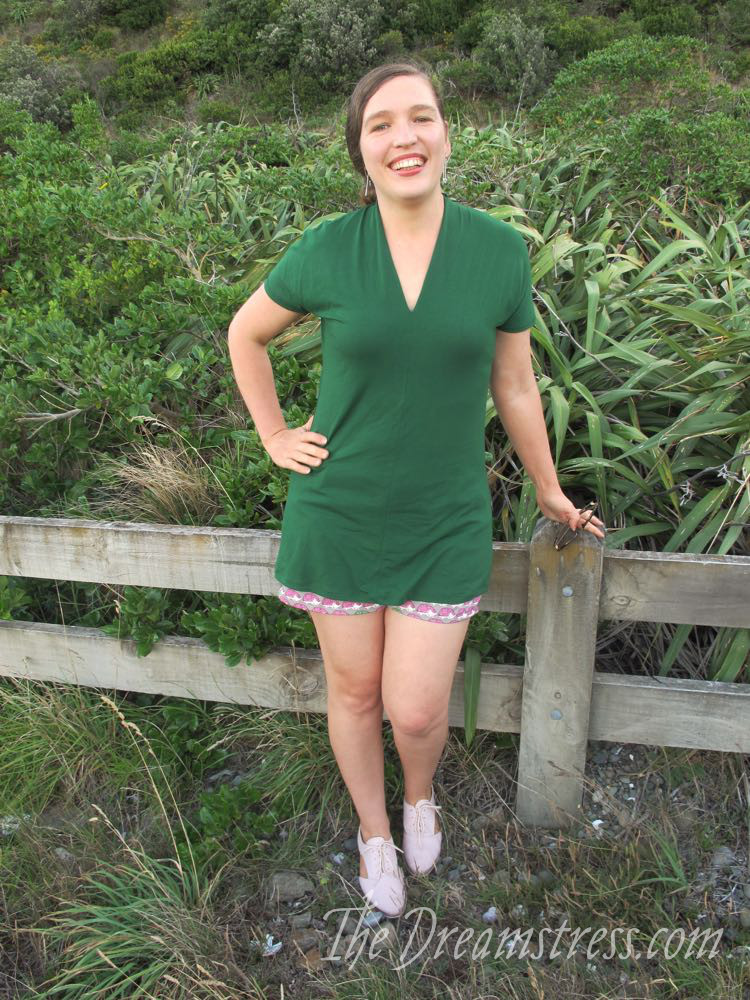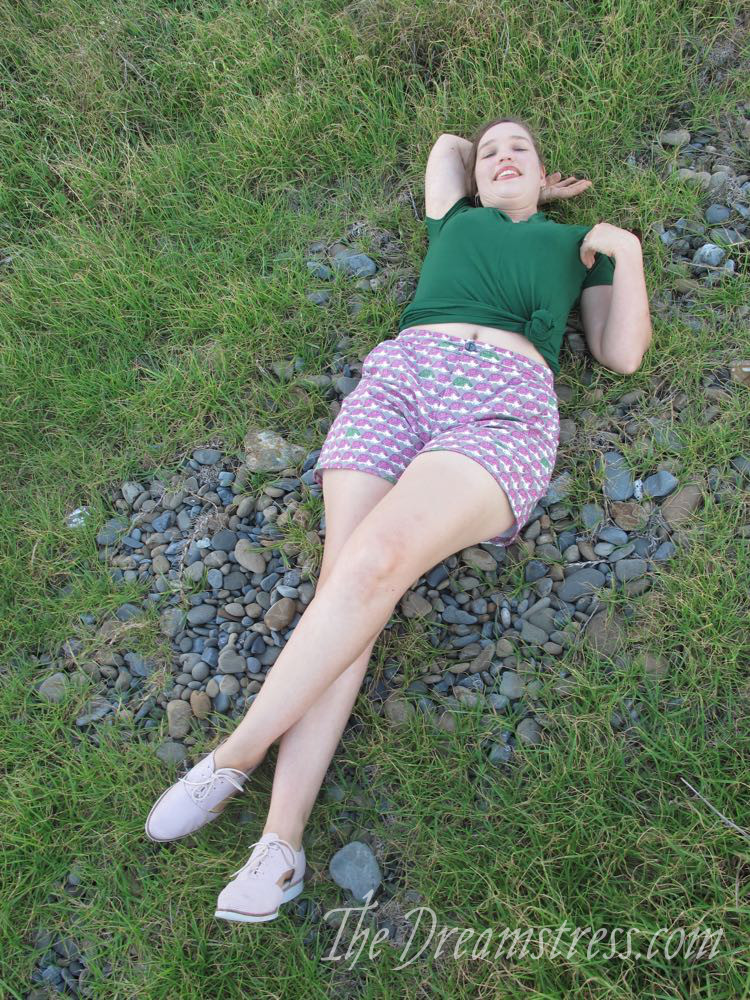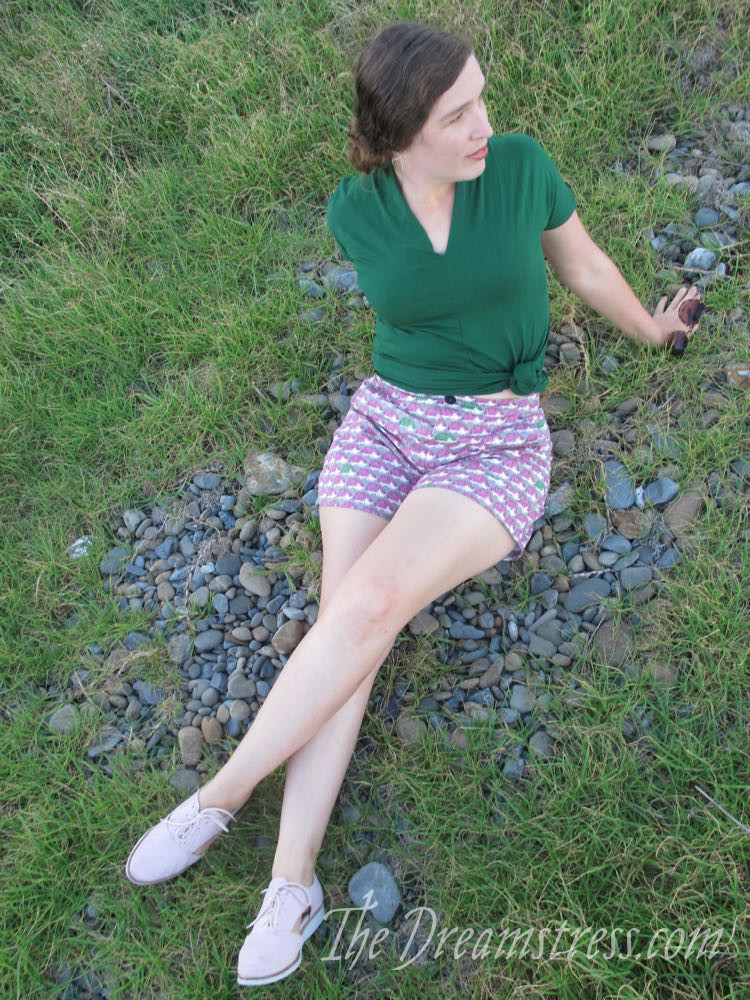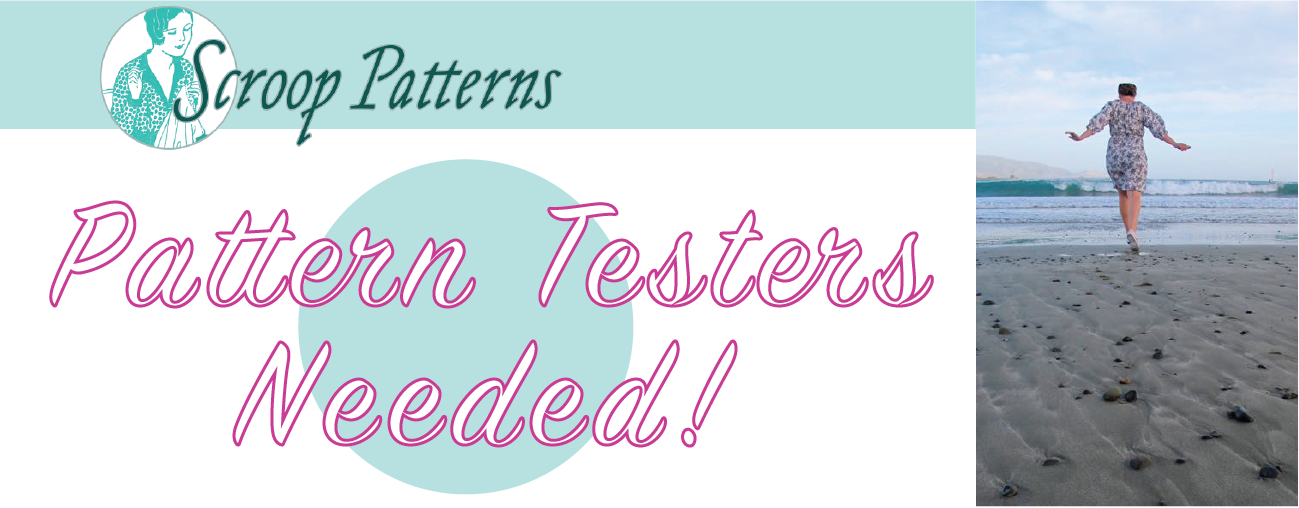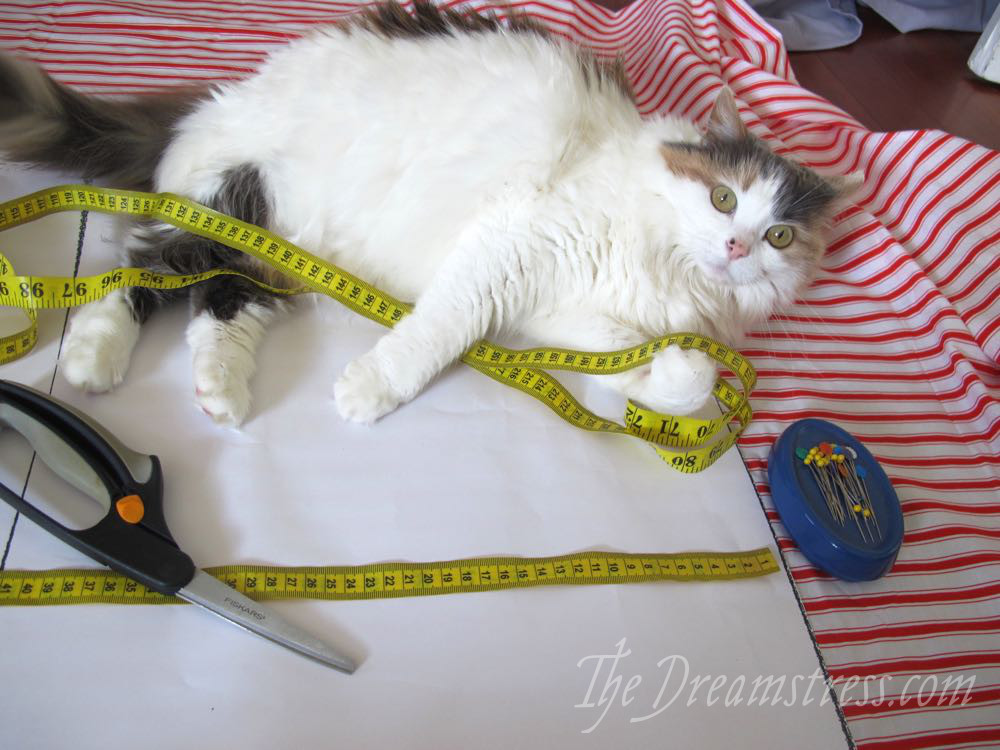Sometimes I know exactly what I want to post for Rate the Dress, and that it is the perfect theme. Other times, like this week, I have no idea. What I finally settled on this week wasn’t my first choice, or my second, or even my third. Sometimes settling is a good thing, because if I hadn’t, I might not have looked at it up close, and found out that it was so much more interesting than I had thought.
How so? Scroll down to find out!
Last week: A Wedding Ensemble from 1887
Well, Louise Carnegie picked well, both when it came to men, and to fashion, because her choice of wedding ensemble was very well received. A few of you didn’t care for the red-trimmed bodice variation (but then, some of you did), and not all of you were entirely sold on the colours. Interestingly, most of you saw the dress as sort of a khaki or light olive colour. Personally I thought it was a grey, with just the tiniest hint of brown.
The Total: 9.6 out of 10
Well, it was a nice day for a non-white wedding! Fully two-thirds of the ratings were 10, and only two of them were under 9, so the total score should come as no surprise.
This week: a beaded ca. 1810 dress
I’ve looked at this ca. 1810 dress a number of times over the years, and thought that the elaborate coloured decorations, combined with the otherwise extreme simplicity of the dress, set it aside from the usual ‘white Regency frock’ category, and made it a good candidate for Rate the Dress.
It wasn’t until I settled on it this week, and looked at the detail images that I realised the decorative motifs are not, as I’d always assumed, embroidery, but are instead beading.
There are just a few touches of embroidery around the beads.
The beadwork makes the dress so much more interesting (although not necessarily more attractive) in my mind. The beads would help weigh down the hem of the dress, so it would swing and swish around the wearer. They would also catch the light and sparkle in the evening, lending depth and dimensionality to the dress.
Though largely intact, there are a few places where some beads have clearly come loose, making the design not quite as symmetrical and complete as it once was.
If the beading looks slightly similar to Native American beadwork in places, that’s probably because this exact type of bead was used as trading beads in the Americas.
Other than the beading, this dress is extremely simple in cut, with a slightly darted bodice, and a back-opening that fastens with drawstring ties.

Dress, 1804—15, Austrian, cotton & glass, Metropolitan Museum of Art, C.I.39.13.52
The too-long sleeves, by the way, are a typically 1810s feature. They were both intentional and fashionable.
What do you think? Is it a beaded beauty? Or a combination of bland and bizarre?
Rate the Dress on a Scale of 1 to 10
(as usual, nothing more complicated than a .5. I also hugely appreciate it if you only do one rating, and set it on a line at the very end of your comment, so I can find it! Thanks in advance!)
